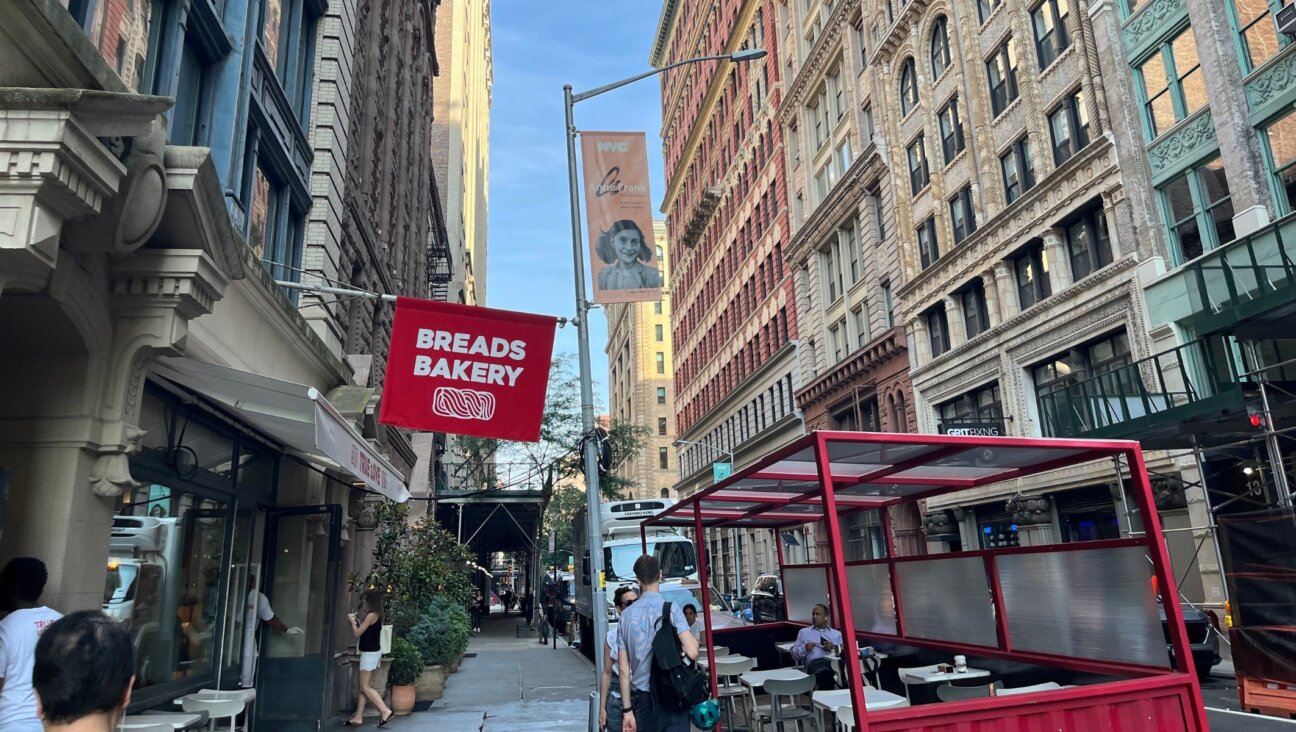A Slice of Ireland
My 2006 trip to visit Ireland’s Jewish community was a bittersweet reunion. On my first visit to the Emerald Isle in 1987, I discovered that “Irish” and “Jewish” were not contradictory terms, in this country that is more than 98% Catholic.
In 1987, there was palpable pride and excitement in the Jewish population, which numbers about 2,000. At the new Irish-Jewish Museum, the community was planning public performances of a wedding set beneath a chupah, with actors playing the bride, groom and rabbi. The museum had been opened two years earlier — in the building that housed Dublin’s old Walworth Road Synagogue — by Chaim Herzog, the Irish-born president of Israel.
There were exhibits of a family at Sabbath dinner, and Judaica that included silver candleholders, Torahs brought from Eastern European synagogues, documents detailing Jewish history in Ireland, photographs of Ireland’s former chief rabbis, and illustrations of Leopold Bloom and other Jewish characters in James Joyce’s “Ulysses.”
Jews have been living in Ireland for centuries. The earliest record of a synagogue dates back to 1660 “with the establishment of a prayer room in Crane Lane opposite Dublin Castle,” according to a museum brochure. In 1555 the first Irish-Jewish mayor, William Annyas, took office in County Cork; in 1899, Sir Otto Yaffe was Lord Mayor of Belfast; Robert Briscoe was Lord Mayor of Dublin in 1956 and 1961; Gerald Goldberg was Lord Mayor of Cork in 1977. I interviewed Robert Briscoe’s son, Ben, a charismatic member of the Dail Eirann (Irish Parliament), who gave me a shamrock emblem “for good luck” and spoke of his deep concern for Israel.
Traveling the countryside, I saw a bed and breakfast called Shalom; the owner, Vera Flynn, said, “Shalom means peace in Hebrew, and we thought that rather nice.” A middle-aged bus driver wearing a Magen David told me he isn’t Jewish but identifies with the Jewish people. “I wear this because millions killed in the Holocaust are not able to wear it,” he said. In a pub, a man, upon hearing my last name, told me, “We identify with Jews because they, like us, have been a persecuted people.”
Several months ago, on my return trip to the Irish-Jewish Museum, things were different. Curator Raphael Siev, whose family came to Ireland from Lithuania in the 1800s, was, once again, my guide. Siev has been at the museum since its opening. He still manages a volunteer staff in preserving and caring for the displays and memorabilia, and proudly pointed out some new Plexiglas showcases. But the tour made me sad; I wondered if Siev’s graying hair and beard, and his quieter manner, had not come about from simply getting older. The lighting in the museum was so poor that it was difficult to see anything on the ground-floor level. There were cracks and peeling paint on ceilings and walls. Piles of items that had not been categorized or organized sat in a corner. Stairs creaked. “What happened?” I asked Siev. He agreed that the museum had seen better days.
Outside, Siev pointed at the roof: “We haven’t had the money to fix the chimney.” It appeared in danger of collapsing onto the residential street.
Siev explained that he had approached three different established American Jewish organizations (which will remain unnamed), asking for funds. His appeals were rejected by all three. “Our needs are small,” Siev said. “A few thousand dollars would have taken care of these repairs.” The news was worse, given today’s social realities. “The young Irish have an abysmal knowledge about the Nazis. It isn’t part of their education,” Siev said. “If we had the money, we could build a Holocaust educational center to teach about this great tragedy. We could have videos and interactive programming.”
This St. Patrick’s Day, as in past years, New York’s Irish Jews will be in the city’s parade; they’re easy to spot with their green yarmulkes. And with all the generosity and philanthropy of American Jews, the revitalization of Ireland’s Jewish culture is a worthy and timely cause.
I called Siev in late February for an update. He told me, “We managed to prop up the chimney from the inside.” It’s a temporary solution.
Marilyn Zeitlin is an award-winning freelance journalist. She has taught writing workshops at ISOMATA, the summer arts institute, University of Southern California, and founded the Young Writers Workshop at University of California, Los Angeles (UCLA) Extension.















